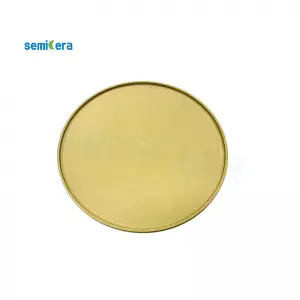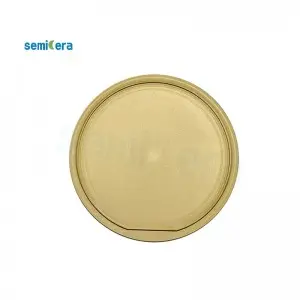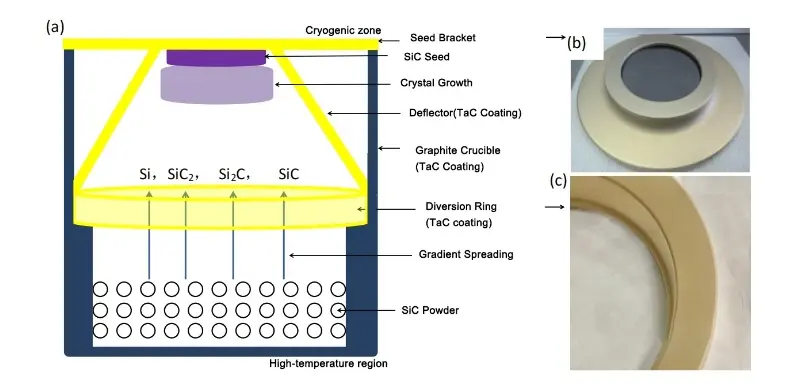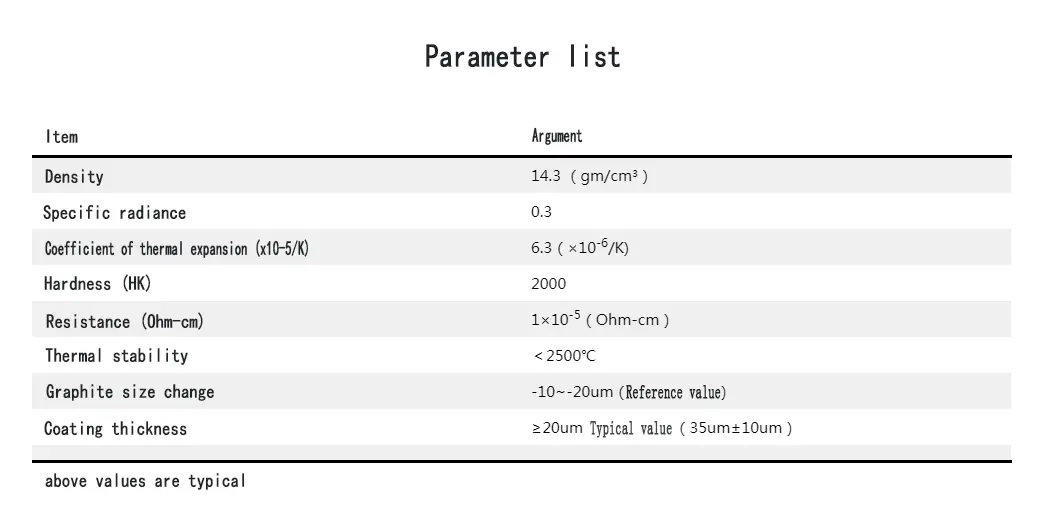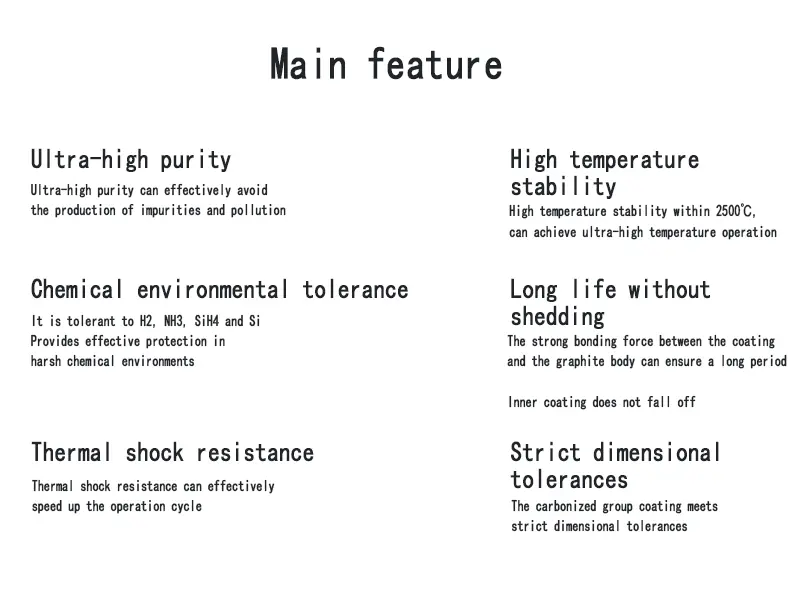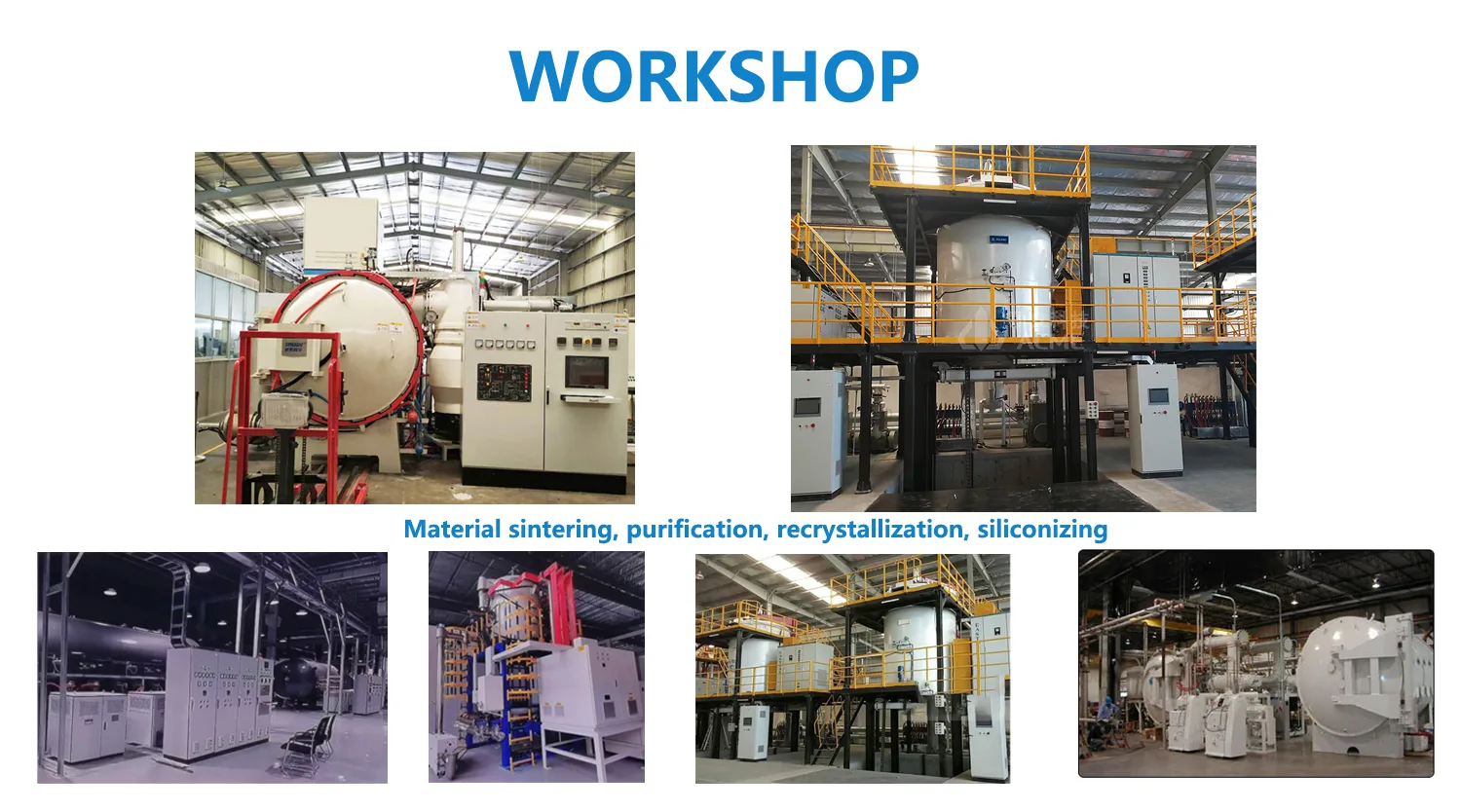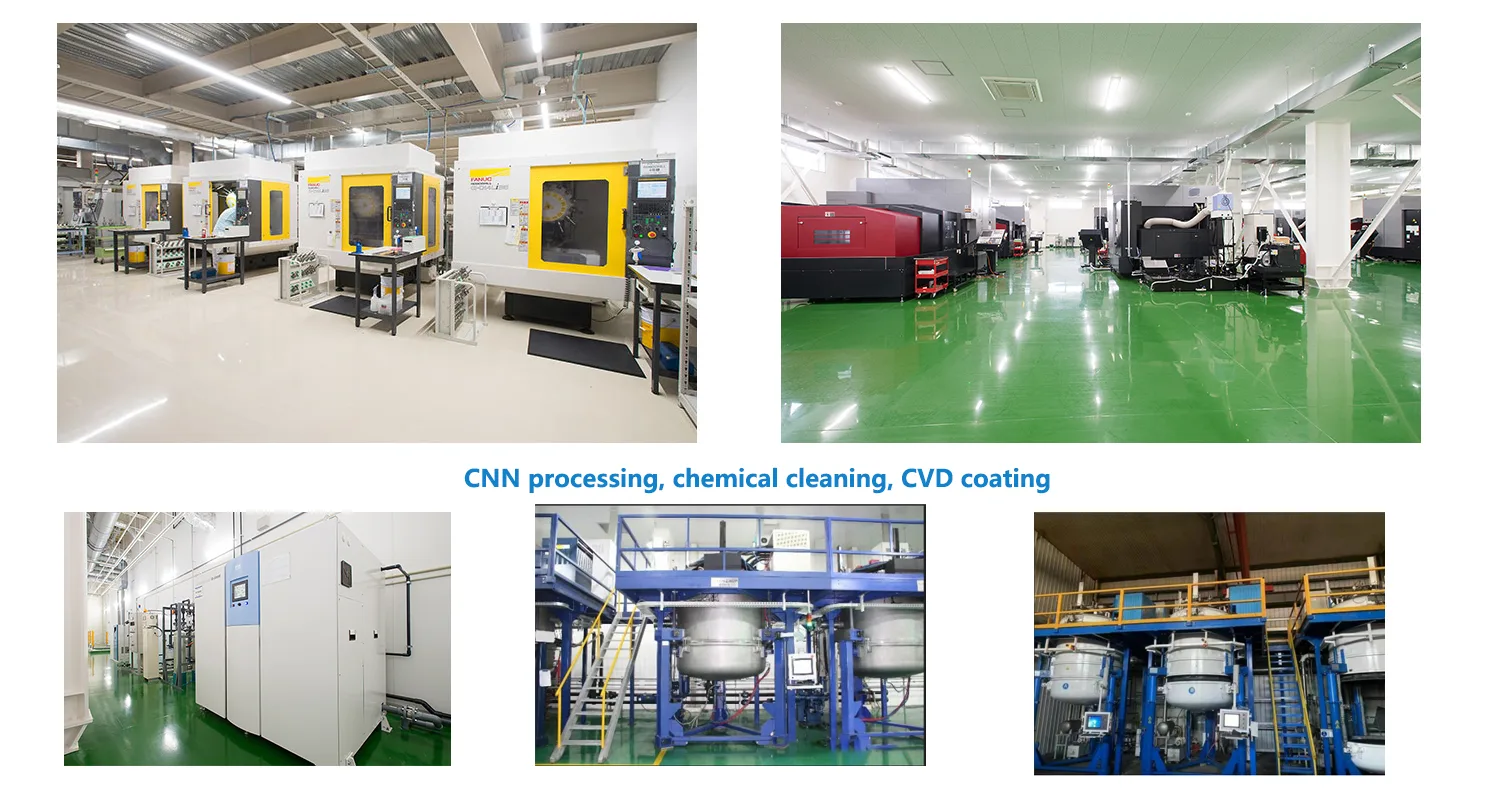Tantalum carbide coating is an advanced surface coating technology that uses tantalum carbide material to form a hard, wear-resistant and corrosion-resistant protective layer on the surface of the substrate. This coating has excellent properties that significantly increase the material’s hardness, high temperature resistance and chemical resistance, while reducing friction and wear. Tantalum carbide coatings are widely used in various fields, including industrial manufacturing, aerospace, automotive engineering and medical equipment, to extend material life, improve production efficiency and reduce maintenance costs. Whether protecting metal surfaces from corrosion or enhancing the wear resistance and oxidation resistance of mechanical parts, tantalum carbide coatings provide a reliable solution for a variety of applications.
Semicera zapewnia specjalistyczne powłoki węglika tantalu (TAC) dla różnych elementów i nośników. Semicera leading coating process enables tantalum carbide (TaC) coatings to achieve high purity, high temperature stability and high chemical tolerance, improving product quality of SIC/GAN crystals and EPI layers (Graphite coated TaC susceptor), and extending the life of key reactor components. The use of tantalum carbide TaC coating is to solve the edge problem and improve the quality of crystal growth, and Semicera Semicera has breakthrough solved the tantalum carbide coating technology (CVD), reaching the international advanced level.
After years of development, Semicera has conquered the technology of CVD TaC with the joint efforts of the R&D department. Defects are easy to occur in the growth process of SiC wafers, but after using TaC, the difference is significant. Below is a comparison of wafers with and without TaC, as well as Simicera’ parts for single crystal growth

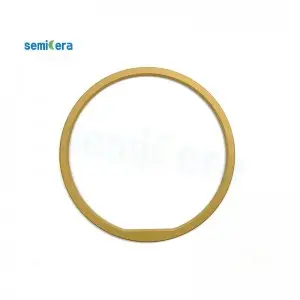
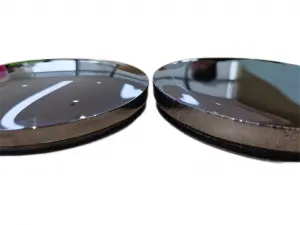
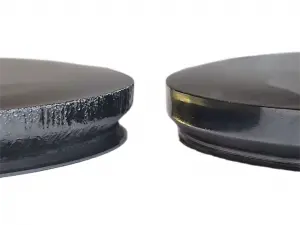
Ponadto żywotność usług powlekania TAC Semicera jest dłuższa i bardziej odporna na wysoką temperaturę niż powlekanie SIC. Po długim czasie laboratoryjnych danych pomiarowych nasz TAC może działać przez długi czas w maksymalnie 2300 stopni Celsjusza. Oto niektóre z naszych próbek:
